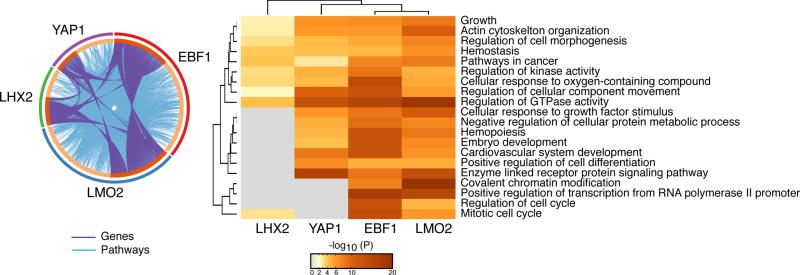Figure 3. Reciprocal regulation of enhancers and B cell lineage fidelity.
IKAROS sets a highly permissive chromatin environment that defines super-enhancers at genes involved in pre-BCR signaling and differentiation. IKAROS also associates with the inactive enhancers of genes that support pathways such as cell adhesion, self-renewal and drug resistance normally affiliated with a non-lymphoid cell identity. Among the repressed IKAROS gene targets are master transcription regulators prevalent in non-lymphoid cells that upon IKAROS loss become induced and co-operate with B cell transcription factors to activate a de novo super-enhancer repertoire that supports the aberrant cellular properties of the mutant B cell precursors. Notably, these aberrant properties manifested in primary IKAROS pre-B cells are likely responsible for the high-risk status of leukemias caused by activating mutations in tyrosine kinases (e.g. BCR-ABL, JAK2-PDGFR).

